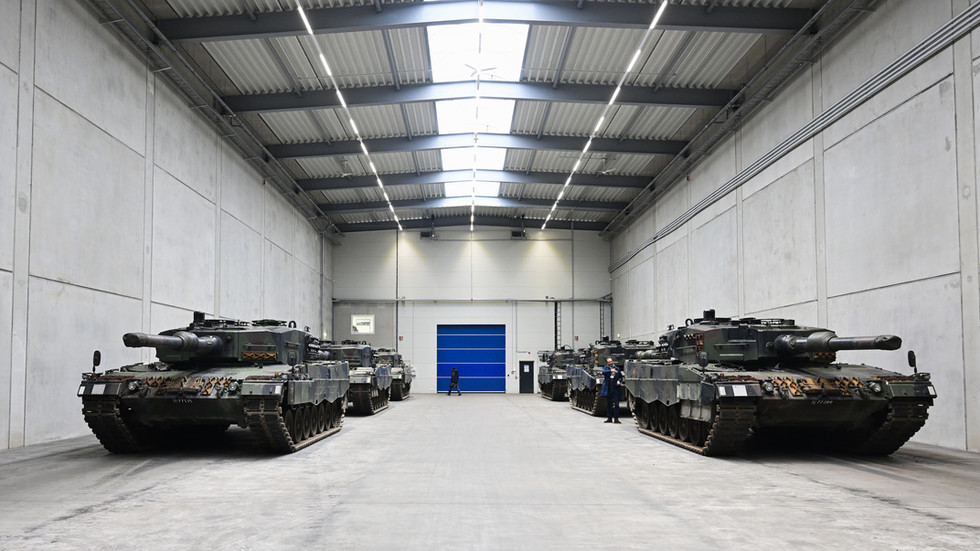The Queensland electorate has delivered a change of government, but it was not the overwhelming Labor defeat expected at the start of the campaign and has left the ALP with a sizeable opposition.
Labor clawed back support during the campaign and only suffered modest losses in the south-east of the state.
But it was hit hard in the regions, bringing Queensland Labor in line with the federal party and other state branches who have found their support increasingly concentrated in the big cities.
It now looks like the Liberal National party will end up with a majority similar to the modest majorities Labor has governed with since 2017.
The LNP is currently leading in 52 seats, although it has only been confirmed in about 47. Labor had locked in 31 seats on election night and was leading in four others.
This is a starkly different result to the LNP’s last victory in 2012, when it reduced Labor to just seven seats.
While Labor is on track to lose 13 to 21 seats to the LNP, it had some minor wins – winning back the heartland seat of Ipswich West, which it lost in a byelection earlier this year. And it is leading in the Greens-held seat of South Brisbane, also traditionally a Labor stronghold.
Of Labor’s 38 seats in the south-east corner, it is trailing in just seven of them.
Yet in northern, central and western Queensland, the story is very different. Labor is behind in 11 out of 14 seats. This includes all three Townsville seats and two of three seats in the Cairns area. The only Labor seats left are Bundaberg, Cairns and Gladstone, and Bundaberg is still too close to call.
What this all boils down to is a modest defeat in the urban core and devastating losses in the regions.
This story has been playing out across Australia and in other western democracies over recent decades. Parties of the left have become increasingly concentrated in the cities, with parties of the right losing city seats and dominating regional areas.
The last federal election saw Liberal party losses in inner suburbs across Australia while Labor didn’t come close to winning regional seats that had been won by Kevin Rudd when the last Labor government won in 2007 – including a number of seats in central and northern Queensland.
Queensland Labor had been able to resist this trend until last night. The state party had continued to dominate state seats in Cairns, Townsville and other large regional cities despite being completely uncompetitive outside the south-east at federal elections.
But while Labor can win elections in other states and at the federal level on the back of centres, that isn’t possible in Queensland. The state is less dominated by the urban centre than other big mainland states.
Any future Labor government will need to pick up seats in the north – in Cairns and Townsville – even if seats like these are not necessary for the ALP in other jurisdictions.
While there was a high vote for minor parties, this seems unlikely to produce a bigger crossbench. In the end, it was largely a contest between the major parties.
after newsletter promotion
Katter’s Australian party has chances to pick up two extra seats on top of its existing three. Ex-One Nation MP Stephen Andrew has a slim lead as a KAP candidate in Mirani. In the Cairns-area seat of Mulgrave, the Labor and LNP votes are both very low and there is a prospect that the Katter candidate could catapult from third to win.
But One Nation and the Greens, despite each winning a large share of the vote, have largely done it in places where they couldn’t win seats.
The Greens, in particular, have borne the brunt of Labor’s results in the south-east.
The party is currently on track to maintain its 2020 vote, but it is distributed in a less helpful pattern. The party suffered some of its biggest swings in Brisbane’s inner city, including in the two seats the party won in 2020 and two of its other key targets.
On Sunday morning, the Greens were narrowly ahead of the LNP in Maiwar. In South Brisbane, they will be depending on One Nation preferences pushing the LNP into second place ahead of Labor, allowing them to win on Labor preferences.
The LNP is expected to do well on late vote-counting, a dynamic that will help the Greens in South Brisbane but hurt them in Maiwar. There is a possibility they could hold both seats, but it’s also possible the party could be wiped out of the parliament.
This is the third election in recent months with a similar pattern – election results in the ACT and local council polls in New South Wales saw the party gain ground outside its traditional heartland while losing support in the inner cities. Such a pattern may lead to a higher vote overall, but it’s not great if you want to win single-member electorates like in Queensland.
Labor comes out of last night in a much better position than expected.
It has held back the Greens in the inner cities and limited the scale of its losses.
Labor will now be able to mount a credible opposition to an LNP government and will need a less dramatic swing to win back power in four years.
But it will need to make gains in the north and that could prove increasingly difficult.

 By The Guardian (World News) | Created at 2024-10-27 00:35:13 | Updated at 2024-10-27 02:31:50
2 hours ago
By The Guardian (World News) | Created at 2024-10-27 00:35:13 | Updated at 2024-10-27 02:31:50
2 hours ago



